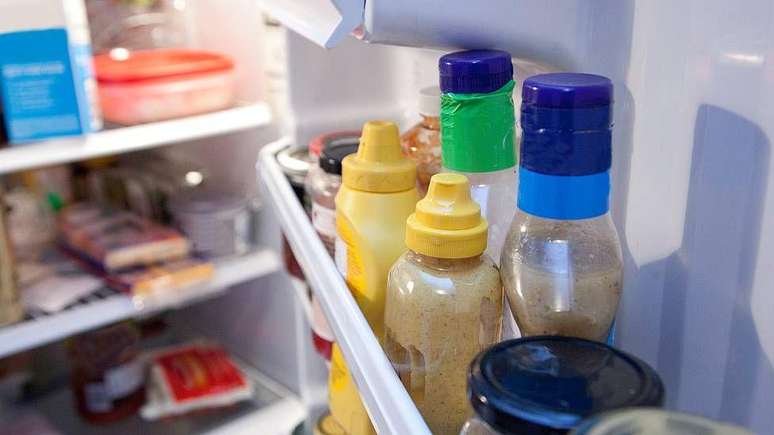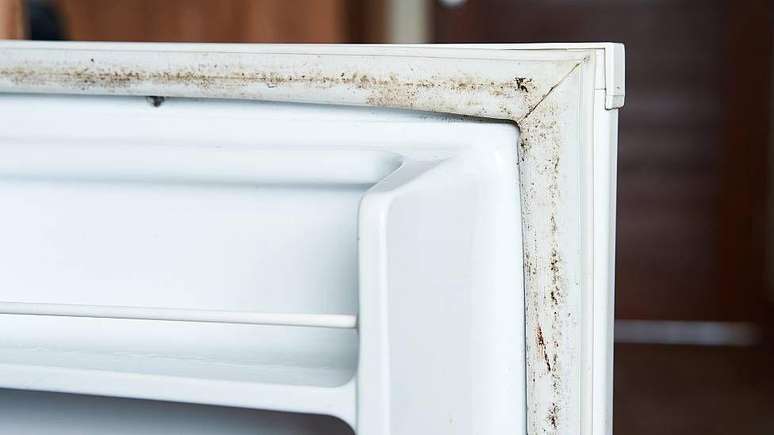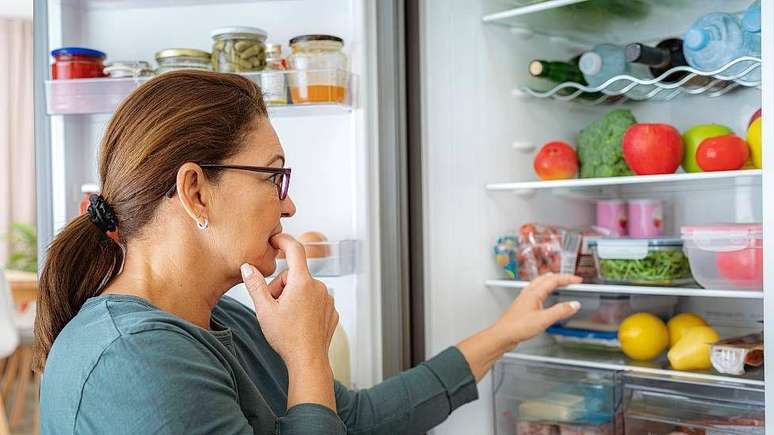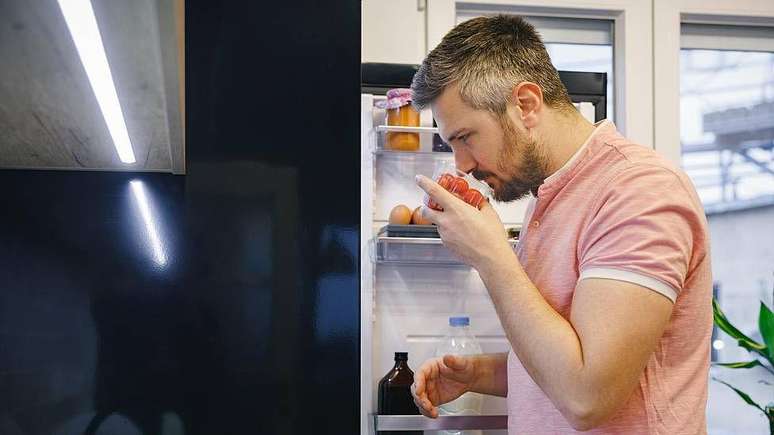Do not open the refrigerator door so often and not completely full of food are some of the tips shared by scientists.
The kitchen is said to be the heart of a house, after all, it is here that families gather and that meals are prepared.
But what is the starting point of all this? The refrigerator. It is in it that we store most foods safely. And as the technology advances, the refrigerators become smarter, suggesting recipes and even showing news.
However, among all the characteristics of this appliance, you remain the most important: the temperature.
We use the refrigerator to maintain fresh food, but if the temperature is not suitable, the effect could be the opposite of the expected: the creation of a perfect environment for the proliferation of bacteria.

When we analyze thousands of houses, we discovered that the average temperature of the refrigerator is 5.3 ° C, just above the recommended interval, from 0 to 5 ° C.
Even more worrying is the frequency with which the refrigerator temperature changes. Many refrigerators spend more than half of the time above the temperature limit considered safe.
Some reach 15 ° C, which in some parts of the United Kingdom are equivalent to a warm summer day.
In these conditions, bacteria multiply easily, which increases the risk of deterioration of food and, even worse, contamination that can cause diseases.
But where is the problem?
Part of the problem lies in the fact that many refrigerators have no device to measure and control the internal temperature in an accurate and accessible way. Most of us don’t even know, for example, what are the numbers of the swivel device that falls into the appliance.
In addition, every time we open the refrigerator door, it enters the hot air. And the longer the door remains open, especially when we take the time to choose what we will take – the more the internal temperature approaches the ambient temperature, creating conditions for the proliferation of bacteria.
Bacteria control
Some simple tips to keep food fresh and safe longer:
- Decrease sometimes opens the refrigerator door;
- Do not leave the refrigerator openly open while keeping shopping;
- Use a swivel organizer. This will help you find small containers in the middle of food faster;
- Clean the door sealing tires. And often make sure there is mold or dirty in them, and if they still prohibit well.
Remember that the temperature also varies inside the refrigerator. The coldest point is on the back, while the hottest is on the door.
Therefore, the ideal is to keep products such as milk and meat in the rear. The door is the perfect place to store less perishable products such as butter and non -alcoholic drinks.

Although many modern refrigerators have integrated sensors, in general they measure the temperature only in a specific point. In addition, in 68% of the houses, the temperature is never regulated.
Practical advice is to put thermometers in different parts of the refrigerator. If it exceeds 5 ° C, it is because it is time to adjust the temperature. But do not forget: the integrated indicators inside the refrigerator do not always reflect the effective temperature of the entire interior.
Also, avoid filling the refrigerator. Keep the refrigerator full of 75% of its cold air capacity to circulate correctly. A way to do this is to maintain dried fruit, tomatoes, peppers, potatoes and honey in a wardrobe, since these products do not need refrigeration.
But the temperature is not the only concern. Even a refrigerator that works well can contain pathogens, probably taken by foods that were already contaminated before they were kept.
Although low temperatures prevent the growth of many bacteria, some, such as the Listeria MonocyTogenes, They can survive and even multiply at low temperatures.
Listeria is particularly dangerous for women and adults in pregnancy and can be found in white cheeses, raw fish (including sushi), sausages, vegetables and prepared sandwiches.

To reduce the risk of contamination, food safety authorities recommend:
- Keep raw foods, such as meat and fish, which must be cooked, separated from foods that are ready to eat like fruit and sandwiches;
- Store the meat and raw fish on the shelf on the bottom of the refrigerator. Therefore, if a liquid leans, it will not dry up in other foods;
- Consume ready -made products within four hours of removing the refrigerator;
- Wash your hands regularly with soap and water before, during and after preparing meals;
- Follow the food preparation instructions described on the package.
Improving your habits regarding the care of the refrigerator may not seem so exciting, but helps to maintain fresh food longer and protect your health, which is the most important.
Oh, and on that chicken in the refrigerator, which is left at the beginning of the week … it is important to smell. But the fact that an odor length does not mean it’s sure to eat it. Bacteria such as Salmonella or Listeria do not always have a bad smell.

*Oleksii Omelchenko is microbiologist and listery researcher and other pathogenic agents at the Quadram Institute, a research center on bioscience and health of Norwich, in the United Kingdom. Judith Evans is a petty engineering teacher at London South Bank University.
This entry was originally published in the conversation and reproduced under Creative Commons license. Click Here To read the original version.
Source: Terra
Ben Stock is a lifestyle journalist and author at Gossipify. He writes about topics such as health, wellness, travel, food and home decor. He provides practical advice and inspiration to improve well-being, keeps readers up to date with latest lifestyle news and trends, known for his engaging writing style, in-depth analysis and unique perspectives.









